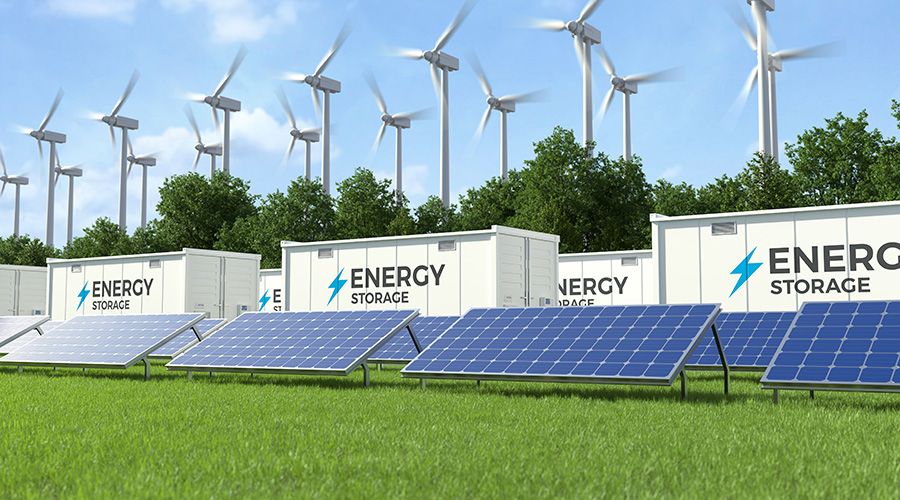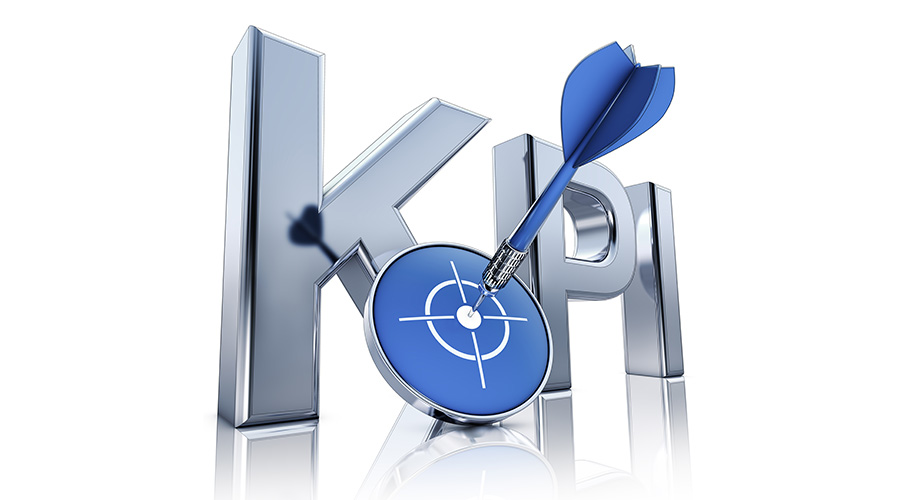Teaming Up for Long-Term Energy Efficiency
From utilities to energy contractors to your operations staff, engage partners with the right expertise to ensure long-term energy efficiency success.
Resistance to change can shut down the planning process before it gains a head of steam. Engaging the operations team in a multi-year energy planning process allows for a wide range of “what-if” scenarios, shedding light on potential bad outcomes and establishing credibility for good ones. Bringing together staff responsible for operational performance, financial performance, occupant relations, sales, and leasing creates a task force of the full complement of professionals engaged with the assets. It also helps assure that challenges, reservations, and opposition get a full hearing. Ask the team about risks and opportunities and best paths forward for addressing them. Team consensus increases the odds for success.
The planning process can begin with a series of questions for the site team. Is there something fundamentally challenging about planning for greater energy efficiency within your facility? Does it lack potent controls? Are you still operating a high-pressure steam system when low pressure is a viable option? Are process loads off limits? Do you operate in an environment that is circumspect about making changes? Do fears of adversely impacting occupant comfort paralyze investigating operational changes? Have financial constraints limited planning for change? Is information about occupant energy loads lacking? Tackle these challenges head on.
Energy utilities can be helpful partners with multi-year energy planning. The most obvious utility stakeholder is the assigned account representative. Often the account representative may recommend including another member of the utility team to join the discussion to shed light upon what the utility is considering for the future, the direction it hopes to take engaging customers in the coming years, and where it plans to make investments. Research and development pilot programs may be a particularly interesting way to take advantage of utility-funded trial projects suitable for your facility. The utility industry continues to undergo change, particularly with respect to building its portfolio of renewable energy assets, demand response programs, microgrid development, and taking a fresh look at net metering. Any of these initiatives can have a direct impact on a facility’s choices in the future.
Engaging contractors in the planning process can also be helpful. Contractors long established with the facility will be familiar with its deferred maintenance and its opportunities for potential upgrades. Challenge contractors to present three fresh ideas to increase energy efficiency. Their ideas may coincide with the building team’s notion of what’s required, or they may be much more out-of-the-box ideas that add fuel to the planning process. Dovetailing existing contract review with the planning process can also be helpful, particularly controls and mechanical service contractors as well as energy commodity suppliers. Suddenly there’s a parade of firms coming into the management office to impress you with how well they understand their industry and where it’s trending. Such exercises often bring trends to light that can be incorporated into multi-year energy planning.
Occupant stakeholders are important to the energy planning process. After all, the facility exists as a “home” to workers, visitors, and guests. Understanding occupants’ points of view about their building’s energy consumption can offer insight into how to prioritize energy planning and investment from the occupants’ perspective. If an energy plan’s future costs will be shared by building occupants, it’s helpful to anticipate their reaction to such investment.
Developing engineering staff for professional success is as important a part of energy planning as projecting energy efficiency improvements and capital upgrades. A multi-year energy plan is incomplete without thoughtful review of engineering staff strengths and weaknesses and a fresh perspective about how developing engineering staff performance capability dovetails with investing in new processes, infrastructure, and technology.
Investments to upgrade a facility’s HVAC system should be accompanied by understanding from selected vendors and consultants how such investment is supported by vendor training to maximize the investment. Professional development resources focused upon physical plant operation in today’s operating environment, employing today’s technology, can be part of any long-term energy plan. Reviewing professional development goals before actual training occurs helps develop questions to be asked during training sessions with the objective of getting as much insight into outside experts’ forward view of the industry as possible.
Related Topics:















